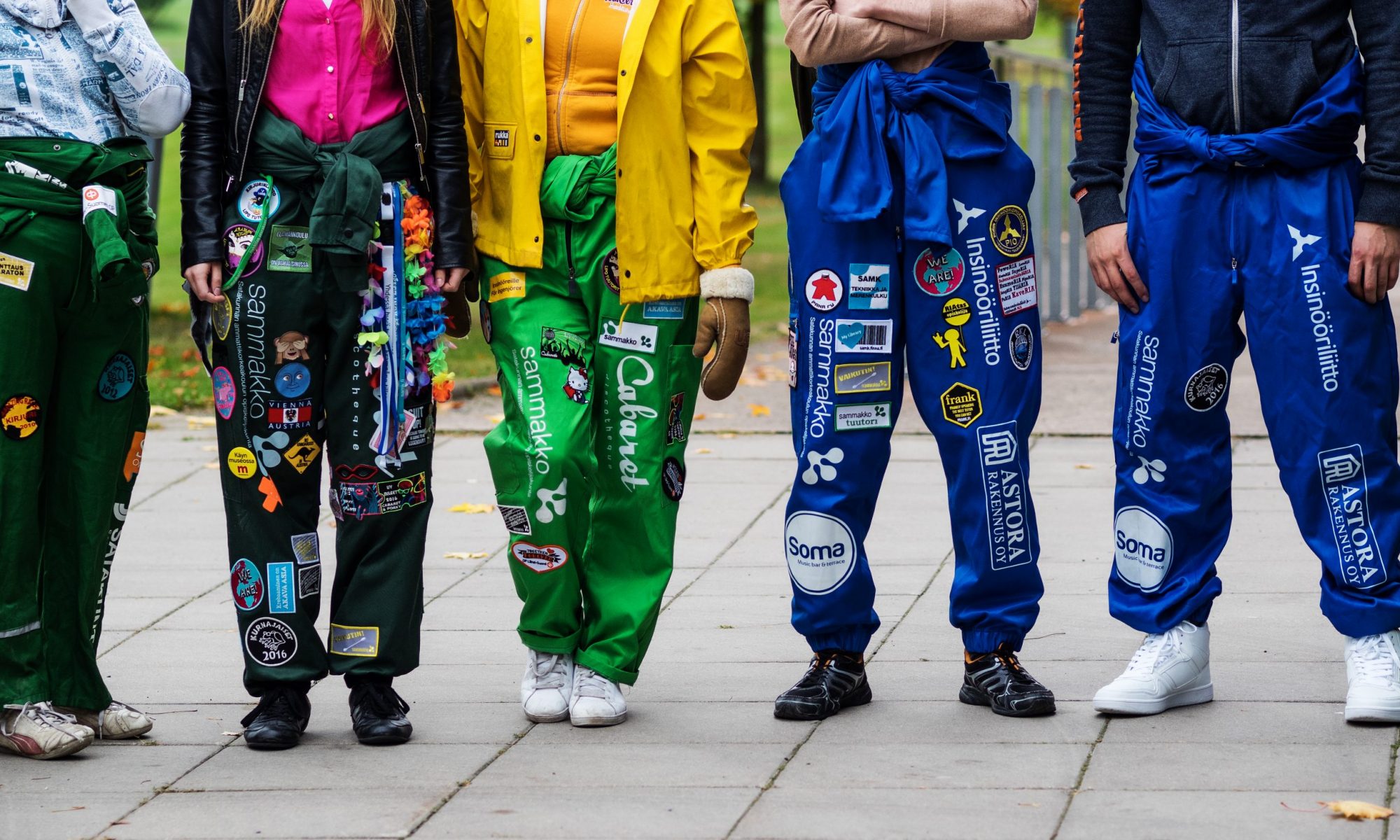Greenwashing is a tactic used in marketing to make a company or product seem sustainable with false pretenses (Salonen, 2021). An example of this would be that a company’s product is advertised as a sustainable choice by making the imagery around the product center around nature and using words such as ’green’ and ’natural’ without any actual reason. Greenwashing is a way of false advertisement when it is used to sell products and services that aren’t sustainable under pretenses that they are.

How to recognize greenwashing?
Greenwashing is as much prevalent in tourism as in other industries; therefore, it is important to recognize the red flags that can point to greenwashing. OneGreenPlanet has listed five ways to spot potential greenwashing in a company’s or product’s marketing:
- Vague buzzwords such as ’green’ and ’natural’ can be a red flag in marketing with a reason of not having a specific requirement to use in marketing meaning that any product can use these terms without actually being ’green’ or ’natural’ in a sense that customers perceive them to be.
- Imagery used in marketing can also be misleading and create a false sense of nature friendliness. Usually, companies use imagery from nature to seem in tune with nature even though the product is harmful for the environment. As an example, a fast fashion company using imagery of people dancing in a forest can create an image that the clothes are somehow sustainable.
- Having a hidden parent company can be a sign of greenwashing when the parent company is deemed unsustainable and the smaller company under it markets itself as sustainable.
- Transparency is a key when it comes to sustainable companies so when the company shows lack of transparency it raises questions of what are they hiding? Unfortunately lack of transparency isn’t usually an accident but planned not to show the reality of the sustainable claims.
- One clearer sign of greenwashing are the company’s clashing values. For example, can a company producing solar power be considered sustainable even if they also create energy from coal energy?
Greenwashing in tourism
So how does greenwashing show in tourism? Using the discussed ways to spot greenwashing applies also in tourism, but what to pay special attention to when trying to spot greenwashing in tourism business? I have listed a few things to pay close attention to when searching for a sustainable and ethical tourism companies.
- Eco-certificates are a good way to spot a company that has the merits to be considered sustainable. When looking for these eco-certificates it is important to check if they are reliable and what are the requirements for the said certificate. (Natasha, 2020). One certificate that is used in tourism businesses, especially in accommodation businesses is the Green Key. There can also be sustainable businesses without any certificates because these may be expensive to apply for so smaller businesses might not have the funds to apply even though they qualify (Natasha, 2020).
- Airlines being a significant part of travel makes it important to pay attention to the marketing of airlines. It is a known fact that air travel isn’t sustainable so airlines marketing it as such is greenwashing. Of course, there are actions that can make it more sustainable, for example switching plastic products with cardboard, but it still doesn’t make it a sustainable way of travel. I am not saying to avoid air travel at all cost, but at least for me it is important that the airline is honest about the emissions air travel causes and doesn’t try to hide it with ad campaigns. The same goes for other travel services.
- Use of animals in nature tourism services is common and is something to pay attention to when choosing a service containing animals. Doing research outside of the service providers website can tell if they treat the animals fairly or if it just looks like that in advertisements.
- Conditions that the employees work in are usually hard to research but it tells you about how ethical the company is (Natasha, 2020).
These are just a few examples that are important to keep in mind when doing research of the service providers on your trip, and there are many other factors to consider too.
In conclusion, there isn’t any company that is 100% sustainable but when trying to find the most sustainable one it is important to make the conclusion based on facts, not on false advertisement.
Text: Vilma Huosianmaa, second year student in the degree programme in Tourism
Pictures: Pixabay
References:
K. Salonen. (2021). Viherpesulla ja vastuullisuudella on eroa. Retrieved 29.10.2021 from https://eetti.fi/2021/03/18/viherpesulla-ja-vastuullisuudella-on-eroa/
N. Schwingle. (2020). 5 Ways to Spot Greenwashing. Retrieved 29.10.2021 from https://www.onegreenplanet.org/environment/5-ways-to-spot-greenwashing/
Natasha. (2020). Beware of these greenwashing tourism tactics: avoid scammers. Retrieved 29.10.2021 from https://mindfulfeet.com/greenwashing-tourism/


